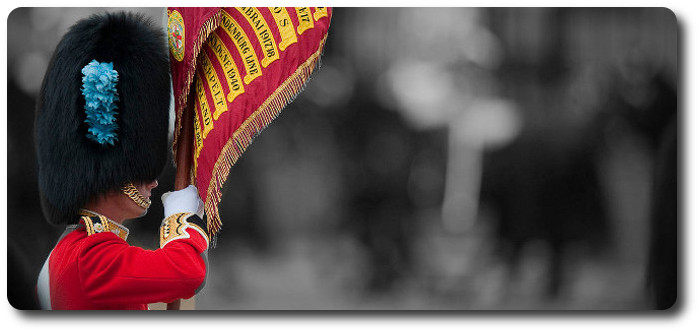Topic: Battle Honours

War Honours Report (1956)
 Issue of Battle Lists
Issue of Battle Lists
The Glasgow Herald, 28 January 1956
From our Military Correspondent
Ten years and more after fighting has ceased a War Office Committee with the fine-sounding title of "Battle Nomenclature Committee" have presented their report and recommendations on the numbers and names of battle in the Second World War.
In old-time wars these were easy to define; when war was global—and in the last war it stretched from East to West, from the Sea of Japan through Hong Kong, Burma, Mesopotamia, Ethiopia, North Africa, and Italy to Normandy and to the Elbe, not forgetting our own islands where the casualties exceeded those of many of our famous fights—it is not so easy.
Baffling Question
How to distinguish the phases of a long battle is a matter for grave discussion. There was a Battle of Normandy certainly; was there a Battle of Caen and a Battle of Falaise?
At the time it mattered little what one called them; they could not be mentioned then in any case because there was a censor who bore intense dislike of that very nomenclature which has occupied the committee. But is matters considerably now, for on exactitude in the matter depends the award of battle honours.
The battle honours concern the colours, and the colours are important things. Only the cavalry, now nearly all mechanised, carry colours, the guidons of the regiments, and the infantry. The other corps have no colours; to the gunners the gun itself is the colour, and as they would all say that, so far as the last war was concerned, there was not a single engagement at which at least one of their members failed to put in an honourable appearance, there would be no room in any colours they had for the emblazonment of all their battle honours.
First Award
A battle honour at the beginning did not necessarily concern the colours. It was awarded to a regiment for a particular feat, and the first was awarded as late as 1760 to the old 15th Hussars for their conduct at Elmsdorf; officers and men wore it on their headdress, very much as the Black watch wear the red hackle.
Later, when battles had passed into history, there were general awards; and the names of earlier battles were emblazoned on the guidons of the cavalry and on the Queen's Colours of the infantry.
The earliest, borne only by the Grenadier and Coldstream Guards, by the Royal Scots and the Queen's, and by the 1st Royal Dragoons, was for "Tangier."

Staking Claim
With the publication of the Second World War list it is now the task of the regiments to make their claim to the right to be awarded a battle honour for this action or that. The claims are made through the Colonel of the Regiment; they will be examined and those admitted will be promulgated in due course. No more than 10 "Honours" may be emblazoned.
The field of selection is extremely wide. The committee lists 19 operations, or, as the older generations would have said, campaigns. When the list is extended to include campaigns in which Australian and New Zealand units were primarily concerned it will contain some 1100 names of "battles, actions, and engagements."
Thus the short Norwegian campaign lists no battle but nine separate engagements. The long campaign in North-West Europe in 1944-45 lists 11 battles, 8 separate actions, and 67 separate engagements. Famous names are sometimes included in a general battle title; thus Arnhem is an action included in the Lower Rhine Battle but El Alamein stands as a battle by itself.
Dunkirk Position
It is for the regiment to decide; to some a single action or even an engagement will be more important, more deserving of remembrance, than an inclusive battle title. That is true of Arnhem; it is certainly true of Walcheren and of others besides.
The committee table nothing here except geographical and military historical particulars. They anticipate no regimental claims. They list no Battle of Dunkirk in 1940, but list the action of Dunkirk. It is not customary to grant a battle honour for a defeat, and some of our famous fights for that reason do not appear on the colours. Was Dunkirk a defeat or a victory? Does a great deliverance fulfil the conditions of an honour? It will be interesting to see if "Dunkirk" is claimed; there are few names with greater entitlement to be honoured.

